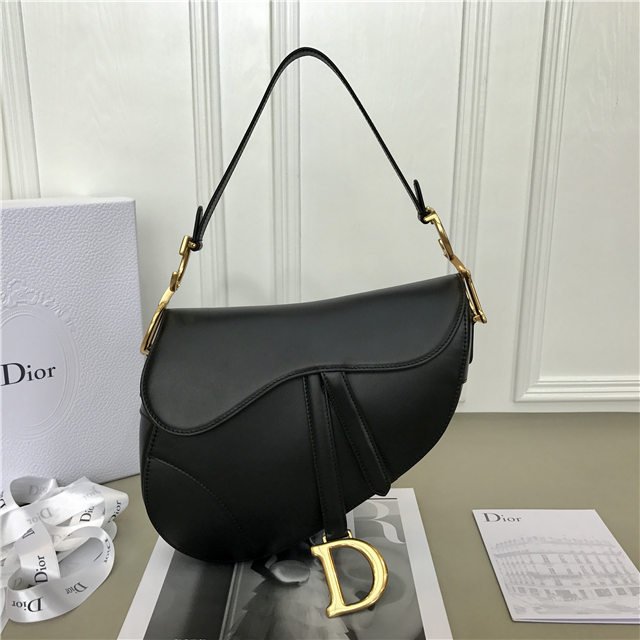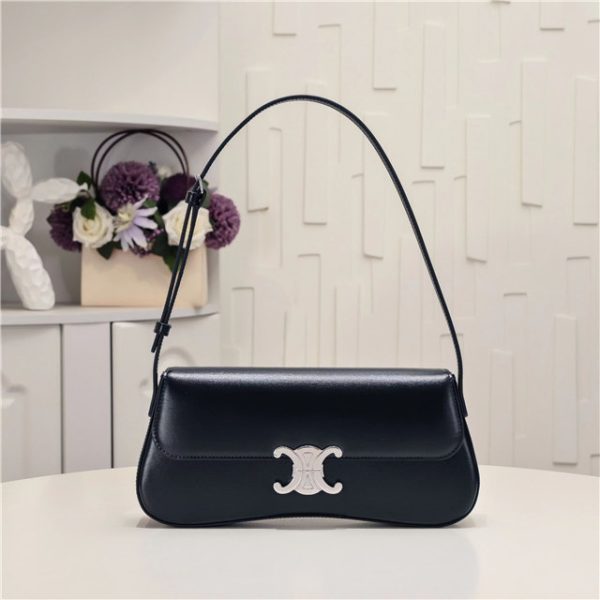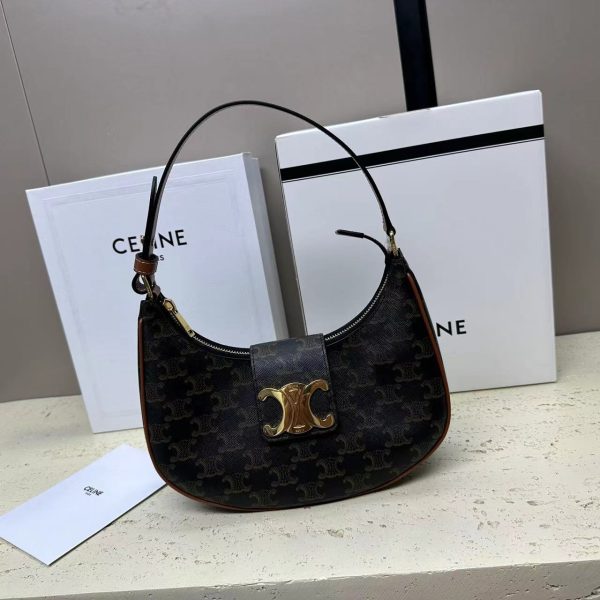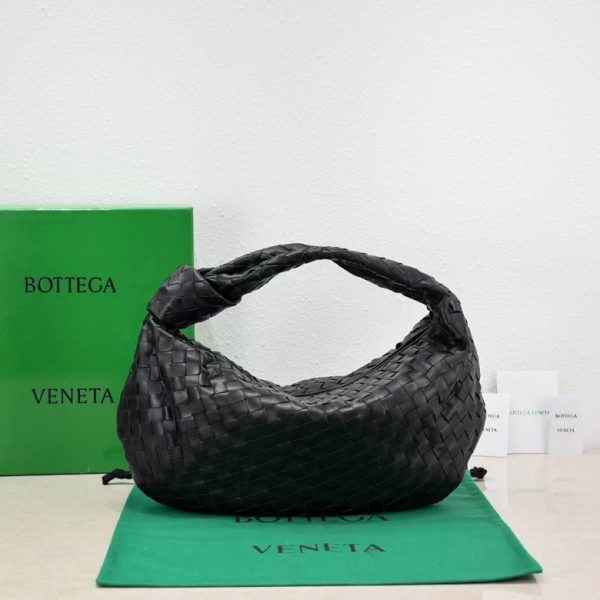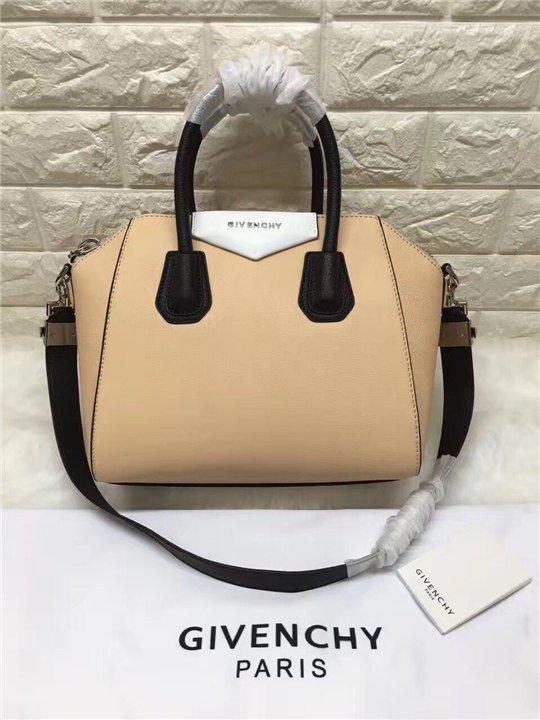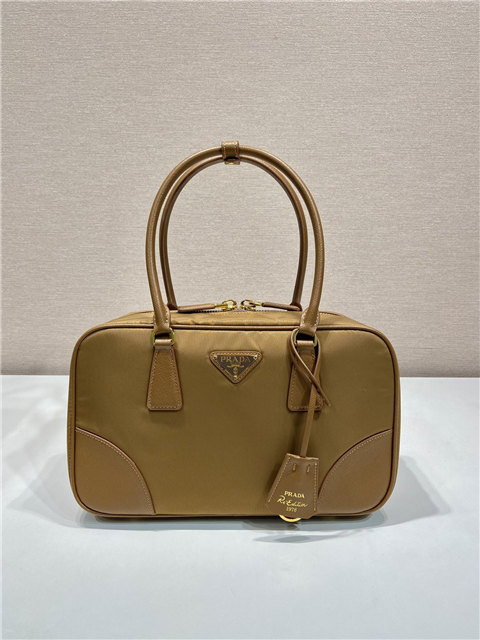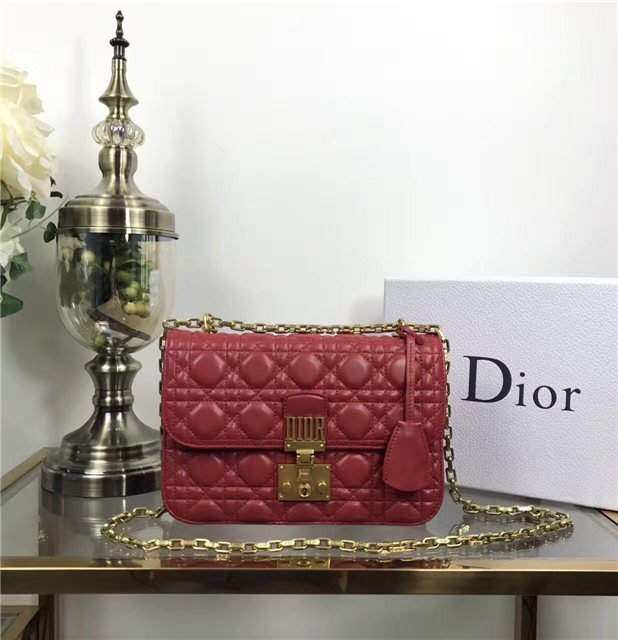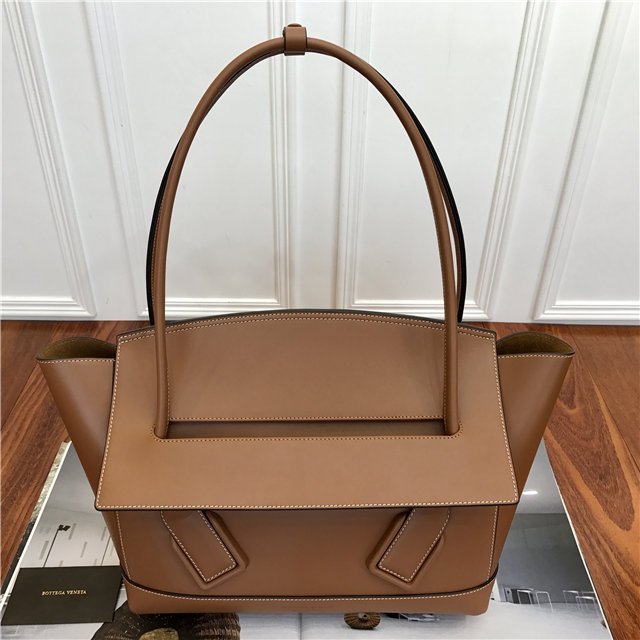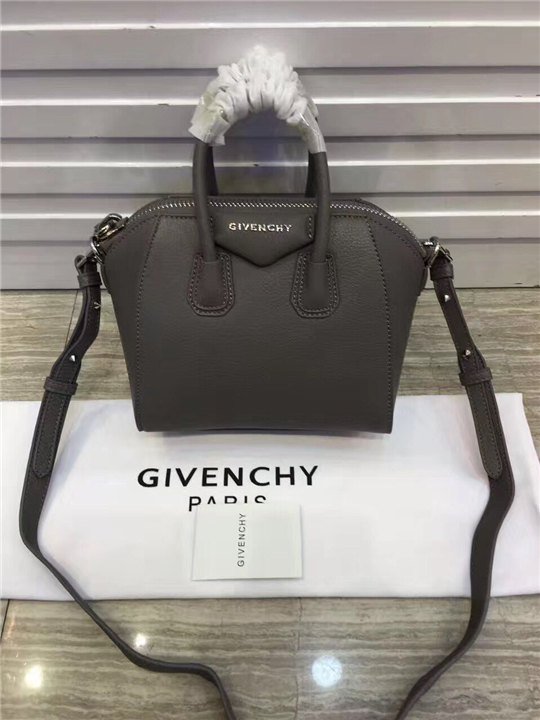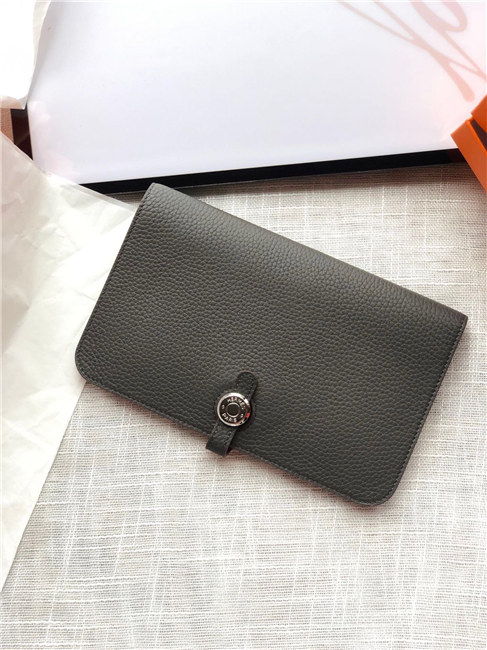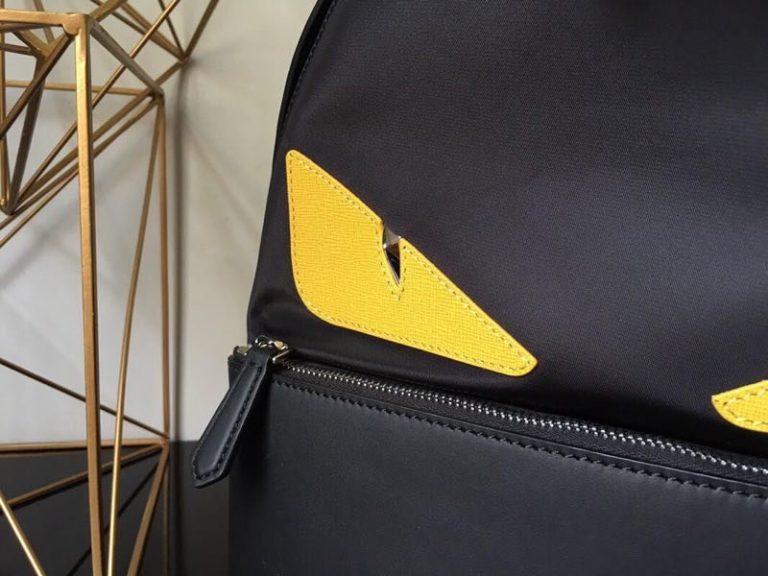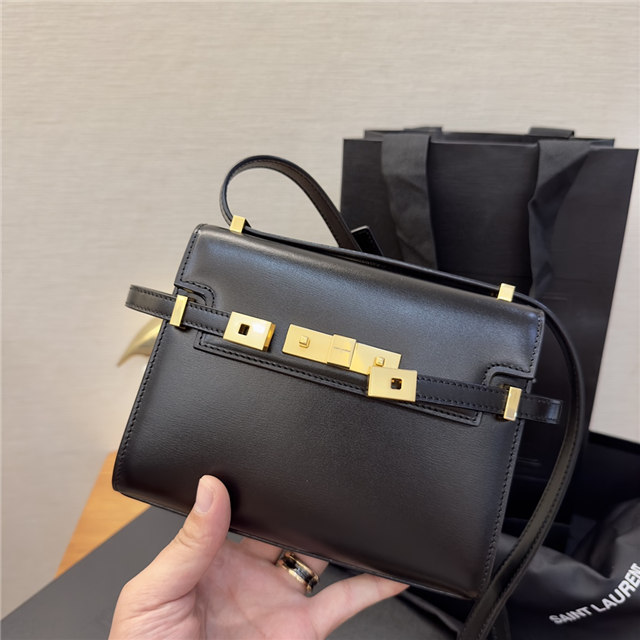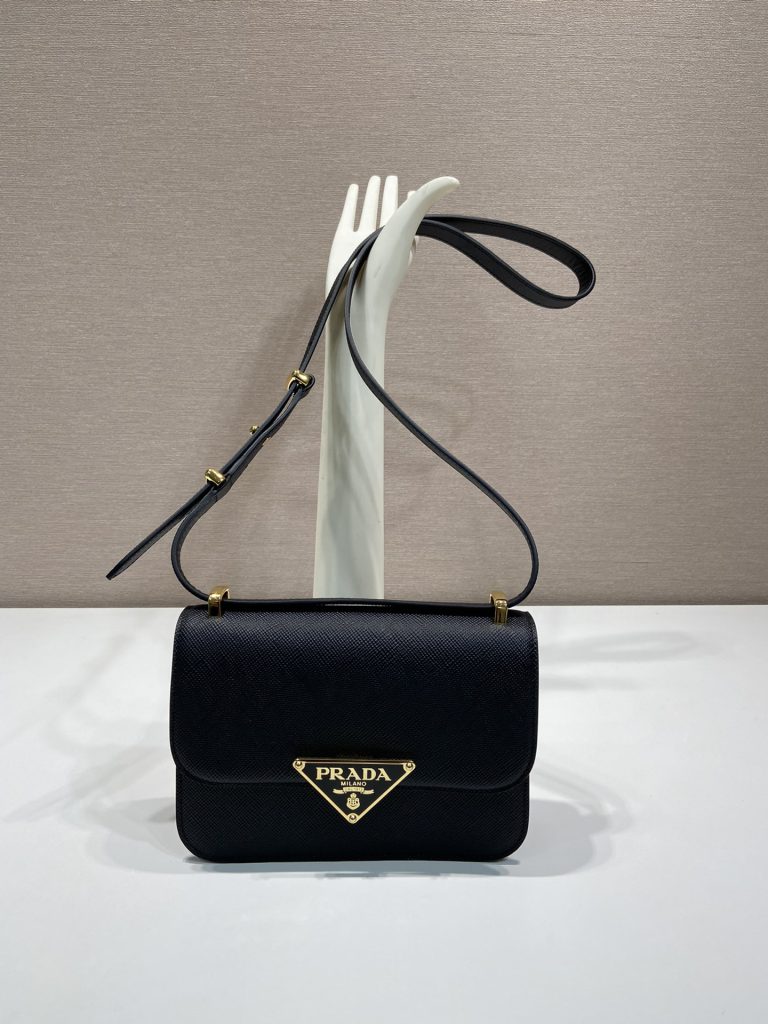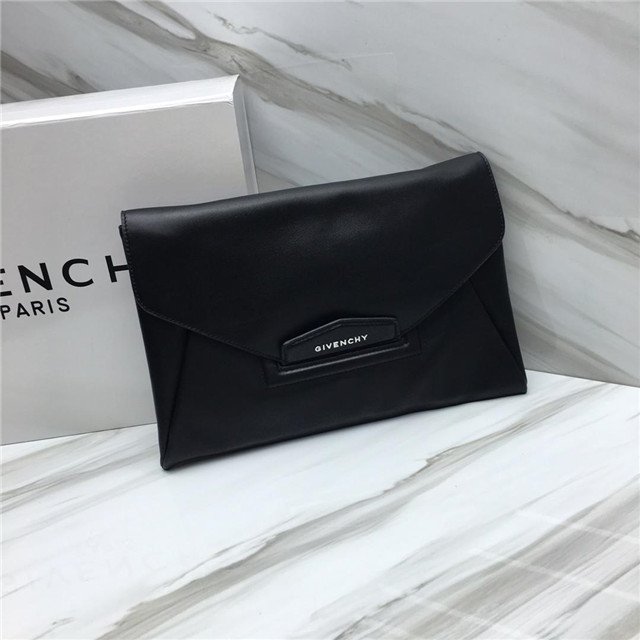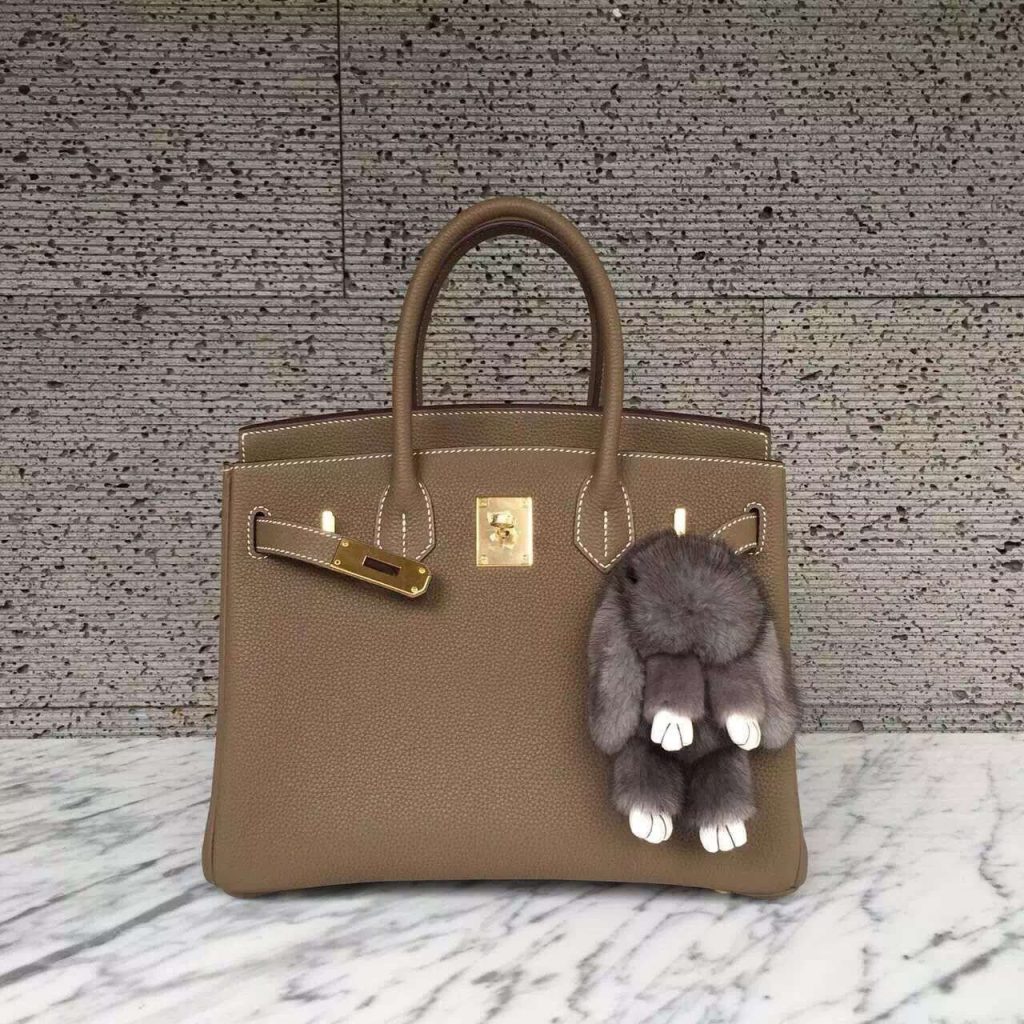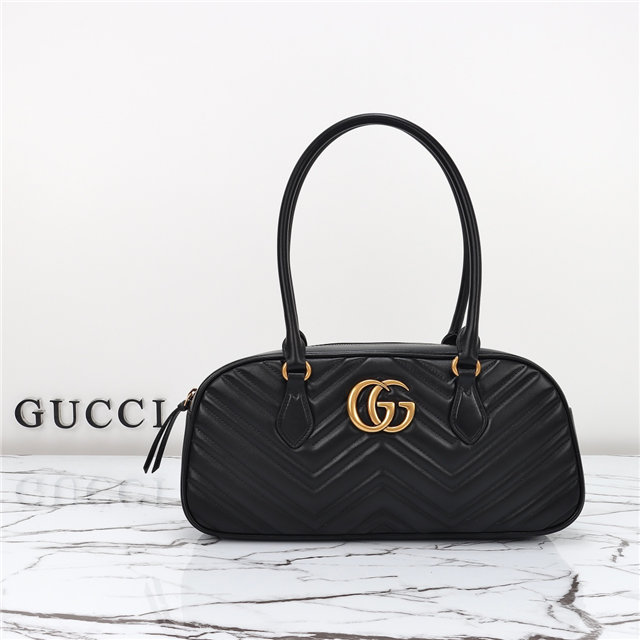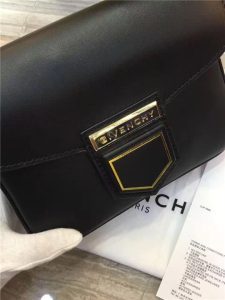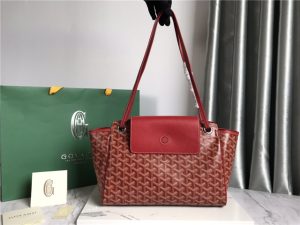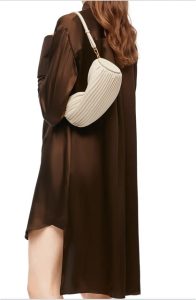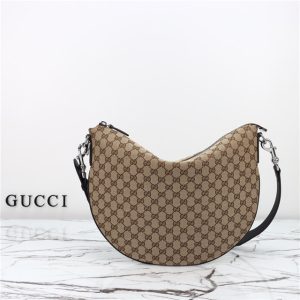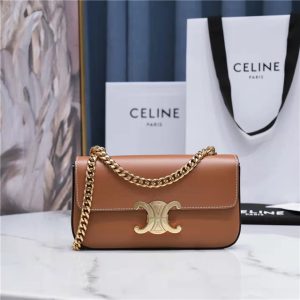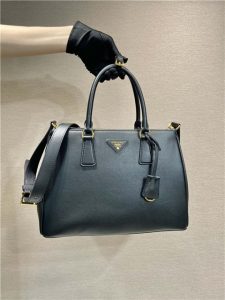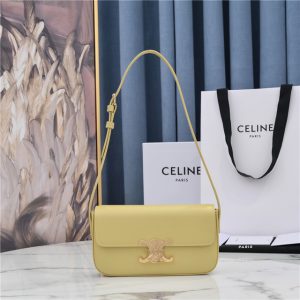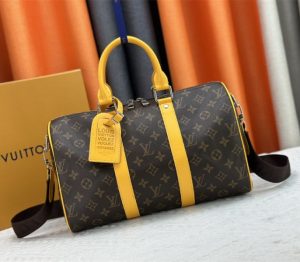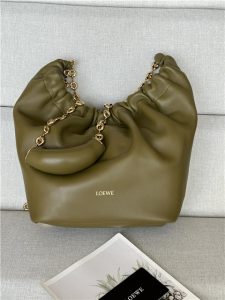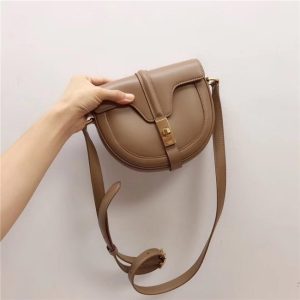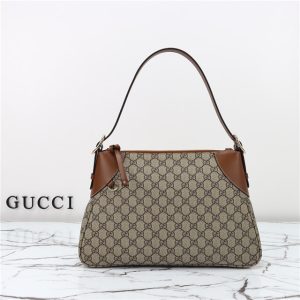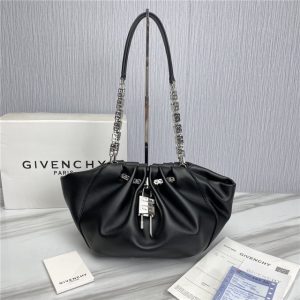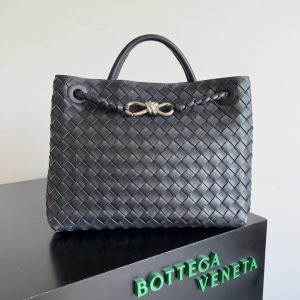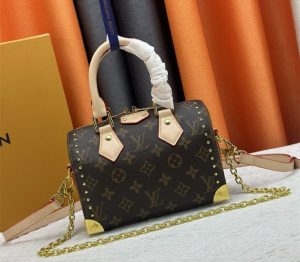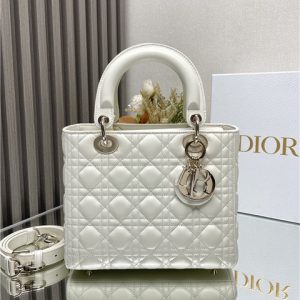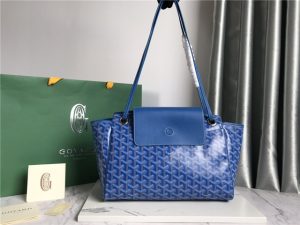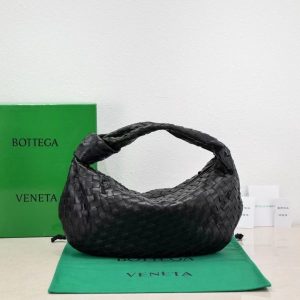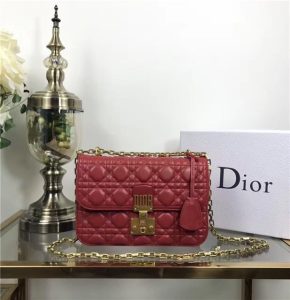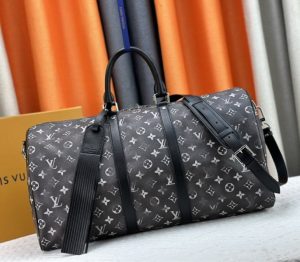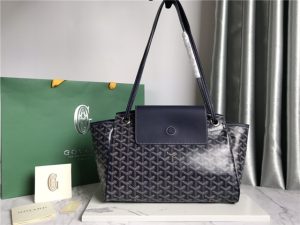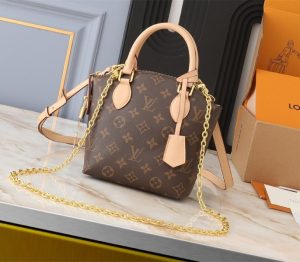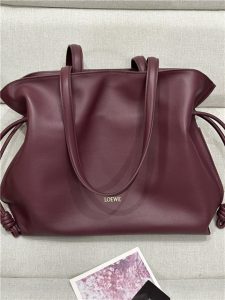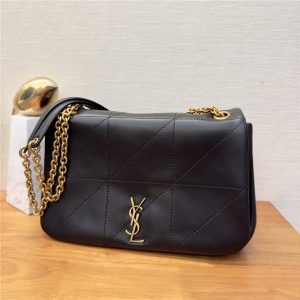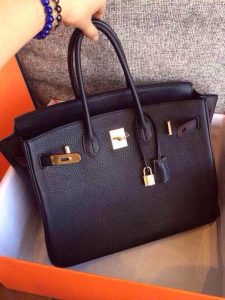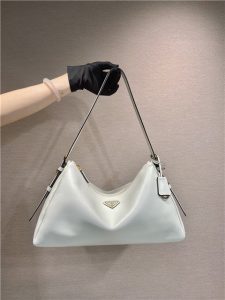First off, and this is a biggie, the *packaging*. Real Apple stuff, they’re, like, obsessed with details. Think sleek, clean lines, high-quality printing. If the box looks like it was printed by a toddler with a leaky ink cartridge…red flag, major red flag. And check for misspellings! “Apple Watcg” anyone? Yeah, no.
Then there’s the feel. A genuine Apple Watch *feels* expensive. It’s solid, the materials are top-notch. A fake? It’ll probably feel lighter, maybe even plasticky. Like, you’re holding a toy instead of a piece of tech. I mean, come on, you can usually *just tell*, right? Think about it – you’ve seen the real deal, even if just in a store.
Now, the really sneaky stuff: the software. This is where things get tricky because, honestly, these counterfeiters are getting pretty good. If your watch is trying to connect to your iPhone, and it’s acting all wonky, like refusing to pair or showing some weird, off-brand interface… yup, fake. The real Apple Watch runs watchOS, which is based on iOS (like your iPhone). You can’t just *copy* that perfectly. Someone in the text asked about connecting a fake watch – good luck with that, buddy, it’s probably not happening.
And speaking of connecting, check the serial number! This is like the watch’s fingerprint. You can find it in the Apple Watch app on your iPhone (if you can even *get* it to connect!), or sometimes on the watch itself. Once you’ve got it, head over to Apple’s website and check its warranty status. If it comes up as invalid, or worse, as a completely different product…Houston, we have a problem.
Oh, and the price! Let’s be real, Apple stuff ain’t cheap. If you found a “brand new Apple Watch Ultra” for, like, 50 bucks on Wish… you already know the answer. I mean, I love a good deal, but some things are just too good to be true.

